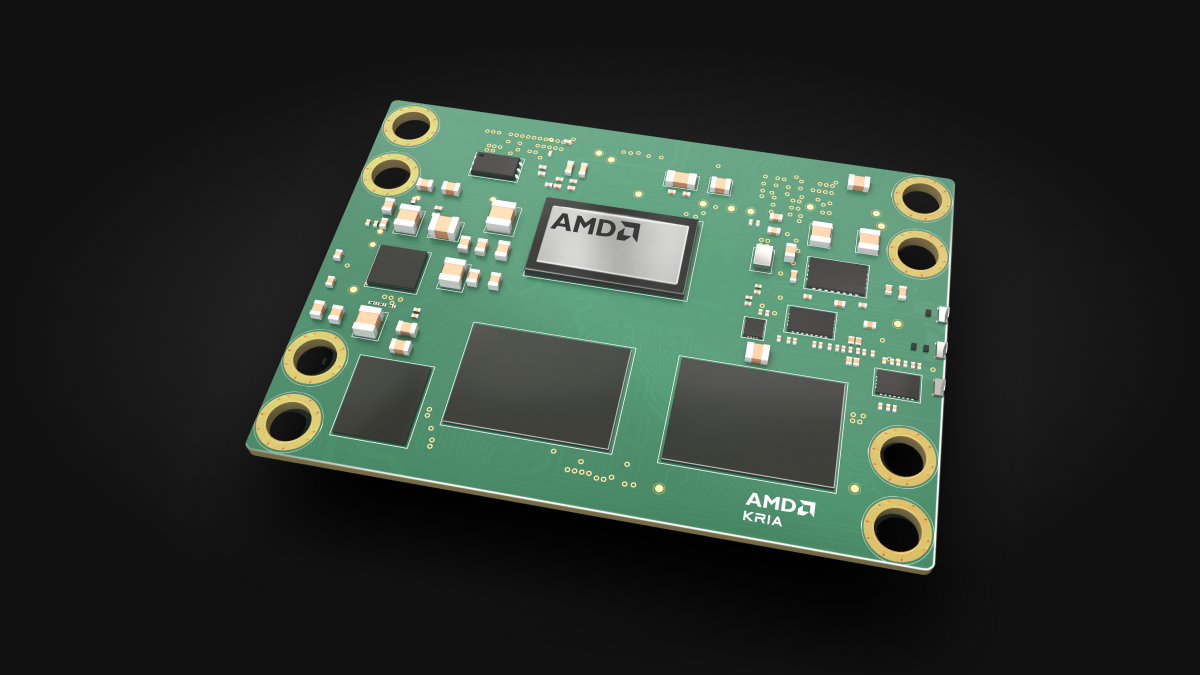Power Design Manager
2024.1 Release Now Available
Overview
Power estimation is critical for many decisions during the adaptive SoC and FPGA design process—from device selection to system-level power budgeting and thermal design. For many years, Xilinx Power Estimator (XPE) has been a leading FPGA power estimation tool. As adaptive SoCs and FPGAs increase in size and complexity, power estimation capabilities must scale accordingly, especially as designs include increasing numbers of new, complex, hard IP blocks.
Power Design Manager (PDM) is the next-generation power estimation platform designed to bring accurate and consistent power estimation capabilities to AMD Versal™, UltraScale+™ devices and Kria™ SOM products. PDM is the preferred power estimation tool for AMD adaptive SoCs and FPGAs, and AMD strongly recommends that all Versal designs use PDM going forward.
Features
Power Design Manager Features
- Improved responsiveness and stability for Versal and UltraScale+ portfolios
- New Export XDC wizard to generate power constraints for Vivado™ tools power analysis
- Available for Windows® and Linux®
- Wizards for AMD Versal devices’ hard IP block settings:
- DDR Memory Controller (DDRMC)
- 600G Channelized Multirate Ethernet Subsystem (DCMAC)
- Multirate Ethernet MAC (MRMAC)
- 600G Interlaken with FEC (ILKN)
- 400G High-Speed Crypto (HSC) Engine
- PCIe® with DMA/Bridge and CCI (CPM) with PCIe Base Revision 5.0 (CPM5)
Migration
Easy Migration from XPE to PDM
Beginning with the 2023.1 release, Power Design Manager (PDM) is the only supported tool for evaluating the power consumption of Versal devices. PDM is the most advanced AMD power estimation tool, offering seamless migration of AMD adaptive SoCs and FPGAs from XPE to PDM. Simply select the Import XPE File option when creating a project in PDM. All XPE project data, including resource usage and toggle rates, are migrated directly into the PDM project.
Download PDM for power estimation of Versal and UltraScale+ devices.
XPE will continue to support all product families prior to the Versal portfolio.
Supported Products
| Product | Power Design Manager (PDM) | Xilinx Power Estimator (XPE) |
|---|---|---|
| Kria SOMs Portfolio | ||
| Kria K24 SOM |  |
|
| Kria K26 SOM |  |
|
| Kria KV260 Vision AI Starter Kit |  |
|
| Kria KR260 Robotics Starter Kit |  |
|
| Kria KD240 Drives Starter Kit |  |
|
| Versal Portfolio | ||
| Versal AI Edge Series |  |
|
| Versal AI Core Series |  |
|
| Versal Prime Series |  |
|
| Versal Premium Series |  |
|
| Versal HBM Series |  |
|
| UltraScale+ Portfolio | ||
| Artix™ UltraScale+ FPGA |  |
 |
| Kintex™ UltraScale+ FPGA |  |
 |
| Virtex™ UltraScale+ FPGA |  |
 |
| Zynq™ UltraScale+ MPSoC |  |
 |
| Zynq™ UltraScale+ RFSoC |  |
 |
| UltraScale™ Portfolio | ||
| Virtex UltraScale FPGA |  |
|
| Kintex UltraScale FPGA |  |
|
| FPGA Portfolio | ||
| Virtex FPGA |  |
|
| Kintex FPGA |  |
|
| Artix FPGA |  |
|
| Spartan™ FPGA |  |
|
| Zynq SoC |  |
|
AMD Supported Products
Power Design Manager for UltraScale+, Versal, and Kria SOM devices

UltraScale+ Portfolio
PDM supports the AMD 16 nm devices from the UltraScale+™ porfolio.


What's New
Power Design Manager 2024.1 Release Highlights:
- Added AMD Zynq™ RFSoC device support; all UltraScale+ devices now supported
- Built-in graphs for what-if analysis and visualization of power categories
Power Design Manager 2023.2 Release Highlights:
- Added support for Kria K24 Production SOMs and UltraScale+ devices
- Spreadsheet style editing capability
- Ability to export PDM data into a readable format
- Power Design Manager 2023.2.2 includes production level characterization data updates for Versal AI Edge XCVE2002 and XCVE2102 devices
Power Design Manager 2023.1 Release Highlights:
- Versal™ HBM support with HBMMC IP wizard
- New PL power management dashboard
- Production-level power data updates for these devices:
- Versal Premium: XCVP1052, XCVP1102, XCVP1402, XCVP1502, XCVP1702, XCVP1802
- Versal Prime: XCVM2302, XCVM2902
- Pre-Production-level power data updates for these devices:
- Versal AI Edge: XCVE2802
- Versal AI Core: XCVC2802
- Support for new Q-Grade Versal Prime device XQVM1502
See the latest PDM revision history Answer Record here Rev History AR.
Downloads
Download PDM and access other resources
Power Design Manager (PDM) version 2024.1 is a standalone download for these products:
- Versal™ adaptive SoC: AI Core | Prime | Premium | AI Edge | HBM series
- UltraScale+™ devices: Virtex™ | Kintex™ | Artix™ | and Zynq™ UltraScale+ MPSoC | RFSoC devices
- Kria™ SOM: K24 | K26
- Kria starter kits: KD240 | KV260 | KR260
Use the latest version of PDM to ensure power data is the most accurate and up to date.
Resources

Documentation Portal
Robust online search and navigation of HTML-based technical content.

Design Hubs
Current technical content for specific design tasks, devices, and tools.

Training
Access our library of training materials across a variety of subjects.

Support Community
Expert Support, Design Advisories, Known Issues & Community.